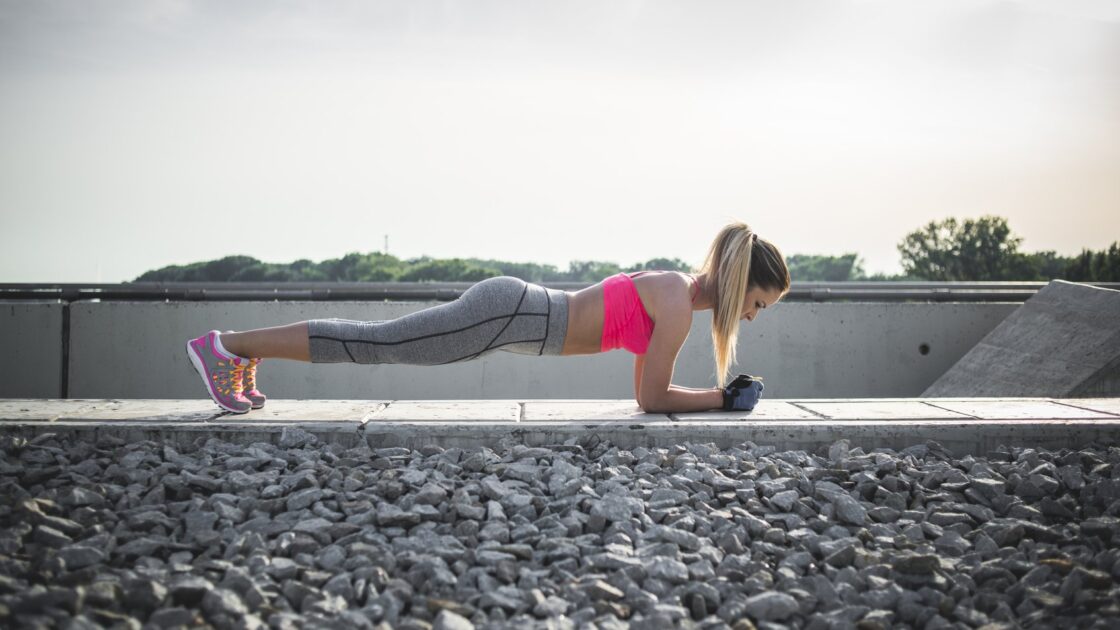Is Functional Fitness the Best Workout Ever?

Functional fitness is a a form of exercising that tones, strengthens and lengthens the muscles that you use daily to help you move efficiently and safely through your everyday routine. This would include the basic actions of walking, bending, lifting, balancing, climbing stairs, etc. without any pain or discomfort. Functional fitness basically trains you for life, and is becomingly increasingly important as our jobs become more sedentary and inactive.
Not only does functional fitness make your everyday movements easier, it is also particularly beneficial for women, who need weight breaking exercises to prevent osteoporosis, and often have a more difficult time than men toning and tightening muscle groups without utilizing full body work outs. Functional fitness utilizes multiple muscle groups in an integrated way to provide physical ability and stability in these four main ways:
1. Core Strength
Core strength is the basis of most all exercise, as the core of the body encases your heart and lungs, other vital organs and the spine. Without cores strength, it’s very difficult to properly perform exercises, especially when increased resistance is utilized, or more effort is required. Strengthening and stabilizing the core has numerous physical benefits, especially in regard to decreasing back pain or weakness. Most functional fitness exercises (e.g. plank and related exercises) work the core to some degree, and many of them strengthen the deeper core muscles as opposed to ordinary ab exercises that just tone the superficial abdominal muscles.
2. Flexibility
In a society where an increasing number of us spend the majority of our day seated (even driving, sitting down to eat, or lounge on the couch count) our flexibility is definitely compromised. When our muscles shorten and weaken from inactivity, the risk of injury or strain is significantly increased. Functional fitness exercises incorporate dynamic stretches, such as a lunge or even a yoga sun salutation as opposing muscle groups are simultaneously contracted and lengthened (e.g. the bicep extends when then tricep is extended in upward facing dog).
3. Coordination
Since we no longer perform many of the tasks that require coordination between different muscle groups, our coordination and reaction abilities have been reduced. In functional fitness, an exercise like climbing stairs, performing deadlifts in rotation, or any movements that require arm and leg work simultaneously will improve coordination and allow the nervous system to deliver movement inducing neurons to the muscles quicker.
4. Balance
Balance is an integral part of a healthy physique, especially as individuals age. Having good balance prevents us from falling, which consequentially prevents injuries. Working on balance using one leg at a time, performing squats on a Bosu ball or performing sit ups on an exercise ball with one leg lifted will all improve balance and recruit the essential muscles utilized for everyday activities that require good balance.
Take a functional fitness class near you or consult with a personal trainer of exercises that would most benefit your daily activities and correct imbalances in your body. Once you’ve learned a set of exercises, you’ll quickly notice results if you practice them regularly.
Related on Organic Authority
Hydrospinning is Making a Splash in the Fitness World
5 Fitness Trends You Need to Embrace in 2016
Is Your Fitness Age More Important Than Your Chronological Age?

